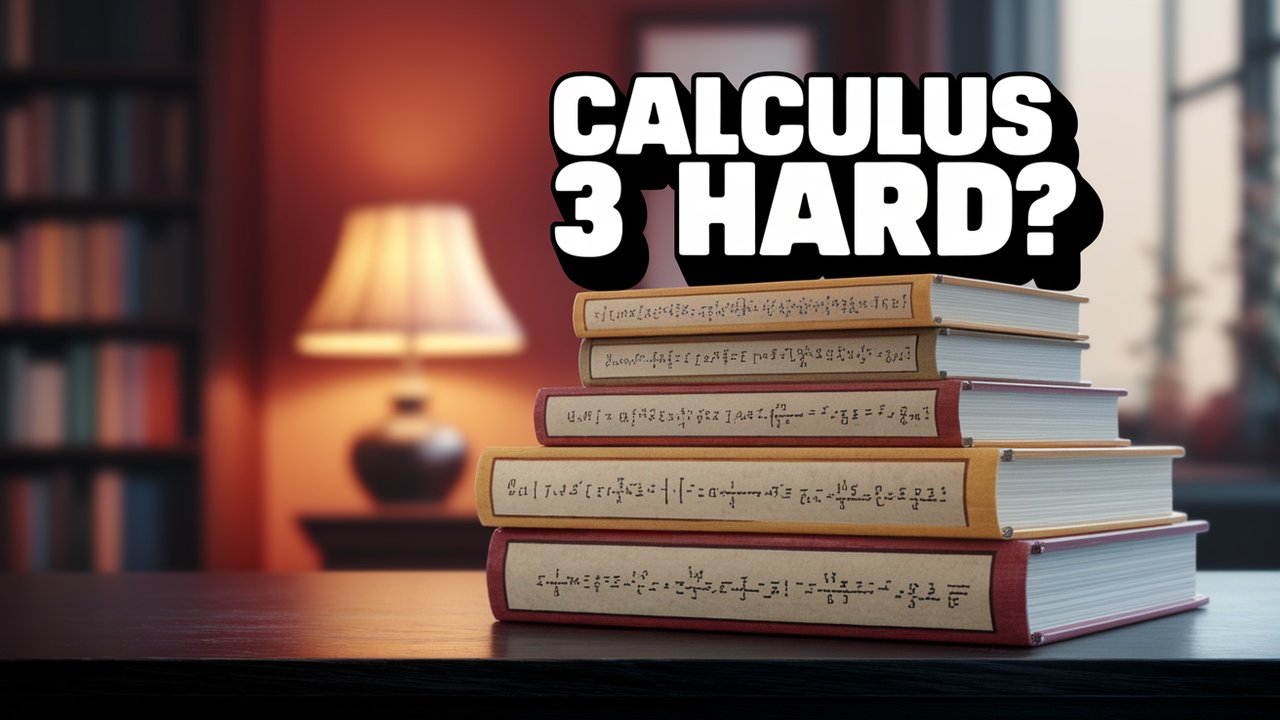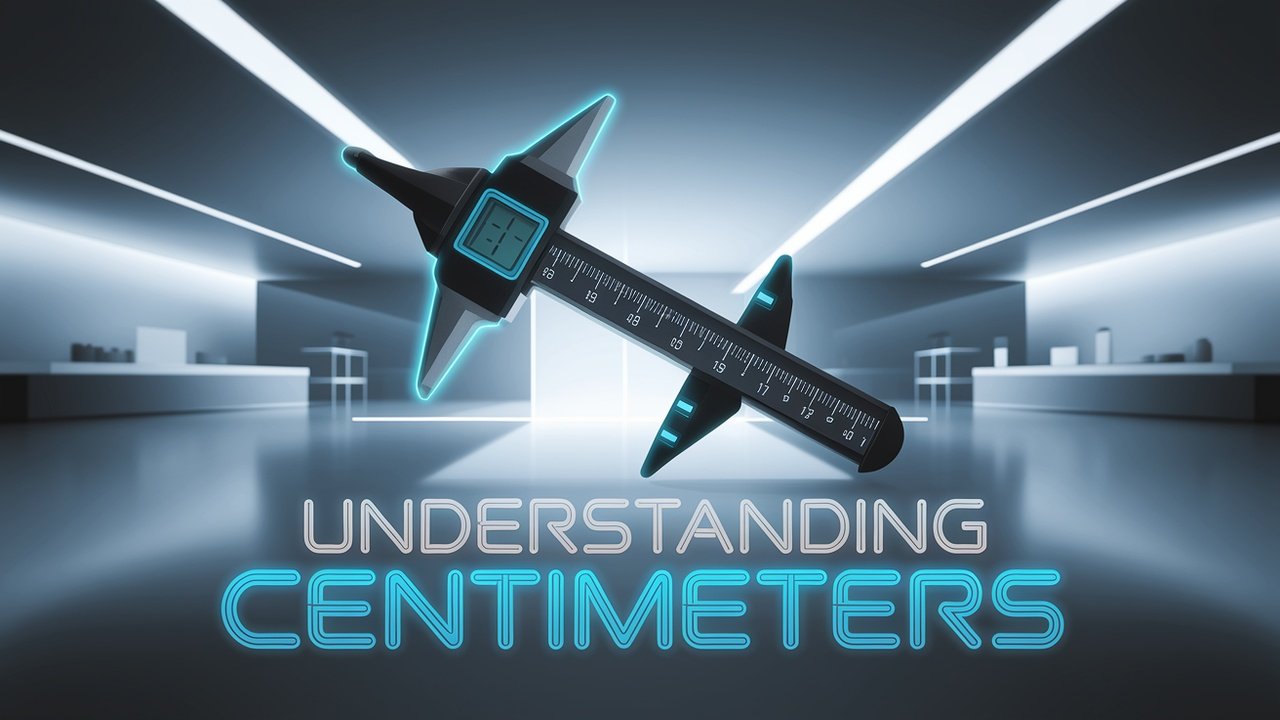Is Calculus 3 Hard? Understanding the Challenges and How to Succeed

Introduction
Mathematics is often considered a subject that builds upon itself, with each level introducing new complexities. Among the various courses in the calculus sequence, Calculus 3 (Multivariable Calculus) is frequently debated as one of the more challenging ones.
Many students wonder, is Calculus 3 hard? The answer depends on various factors, including mathematical background, study habits, and interest in the subject. This article explores the difficulties of Calculus 3, why students find it challenging, and effective strategies for success.
What Makes Calculus 3 Different from Previous Calculus Courses?
Calculus 3 is distinct from Calculus 1 and 2 because it expands mathematical concepts into three-dimensional space. While Calculus 1 focuses on limits, derivatives, and basic integrals in one variable, and Calculus 2 explores techniques of integration, series, and applications, Calculus 3 introduces:
- Multivariable functions – Instead of working with single-variable functions, students now analyze functions with two or three variables.
- Partial derivatives – Unlike single-variable calculus, in Calculus 3 Hard calculus, derivatives must be computed concerning multiple independent variables.
- Multiple integrals – This includes double and triple integrals, requiring different integration techniques.
- Vector calculus – Topics such as gradient, divergence, curl, and line/surface integrals become essential.
- Parametric and polar coordinates – Extending calculus into alternative coordinate systems can be conceptually challenging.
These new topics require strong spatial reasoning and an ability to think beyond the two-dimensional framework of earlier calculus courses.
Why Do Students Find Calculus 3 Hard?

Several factors contribute to the difficulty of Calculus 3:
- Visualizing Higher Dimensions
- Unlike earlier calculus courses, where graphs and equations are often in two dimensions, Calculus 3 deals with three-dimensional space, requiring students to understand complex geometric structures.
- Abstract Concepts
- Vector fields, parametric surfaces, and divergence theorems can seem highly abstract. Many students struggle to connect these ideas to real-world applications.
- Increased Computation Complexity
- Calculations often involve multiple steps, requiring careful organization and algebraic manipulation. Errors in one step can lead to incorrect results.
- Use of Advanced Notation
- Symbols like ∇ nabla, ∬ (double integral, and ∭ (triple integral) can be intimidating, requiring a deeper understanding of mathematical notation.
- Conceptual Jumps from Calculus 2
- Students who struggled with integration techniques in Calculus 2 may find multiple integrals and vector fields even more difficult.
How to Succeed in Calculus 3

Despite its challenges, students can excel in Calculus 3 by adopting effective strategies:
- Strengthen Prerequisite Knowledge
- Reviewing key topics from Calculus 1 and 2, such as derivatives, integration techniques, and series, helps establish a strong foundation.
- Improve Spatial Visualization Skills
- Using 3D graphing tools, such as Desmos, GeoGebra, or Mathematica, can help in visualizing surfaces, vector fields, and curves.
- Practice, Practice, Practice
- Solving a variety of problems from textbooks, online resources, and past exams is essential for mastering techniques and concepts.
- Work in Study Groups
- Discussing problems with peers can provide new insights and make challenging concepts easier to understand.
- Seek Additional Resources
- Online platforms like Khan Academy, Paul’s Online Math Notes, and MIT OpenCourseWare offer free explanations and exercises that supplement classroom learning.
- Understand Theorems Conceptually
- Theorems such as Green’s Theorem, Stokes’ Theorem, and the Divergence Theorem should be understood conceptually before attempting to memorize their formulas.
- Communicate with Professors and Tutors
- Asking questions and attending office hours can provide clarity on difficult topics.
Applications of Calculus 3 in Real Life
Understanding the significance of Calculus 3 can increase motivation to learn it. Multivariable calculus is widely used in fields such as:
- Physics – Electromagnetic fields, fluid dynamics, and mechanics involve vector calculus.
- Engineering – Structural analysis, aerodynamics, and robotics rely on three-dimensional calculations.
- Economics – Optimization problems in microeconomics use multivariable functions.
- Computer Science – Machine learning algorithms and computer graphics involve gradient descent and transformations.
- Medicine – Medical imaging techniques, such as MRI and CT scans, use mathematical models based on Calculus 3 concepts.
Conclusion
So, is Calculus 3 hard? The answer depends on preparation, mindset, and effort. While it introduces complex concepts that require strong analytical skills and spatial reasoning, students who approach it with discipline and curiosity can succeed. By strengthening foundational knowledge, using visual tools, practicing consistently, and seeking help when needed, anyone can master Calculus 3 and appreciate its vast applications in science and engineering.





